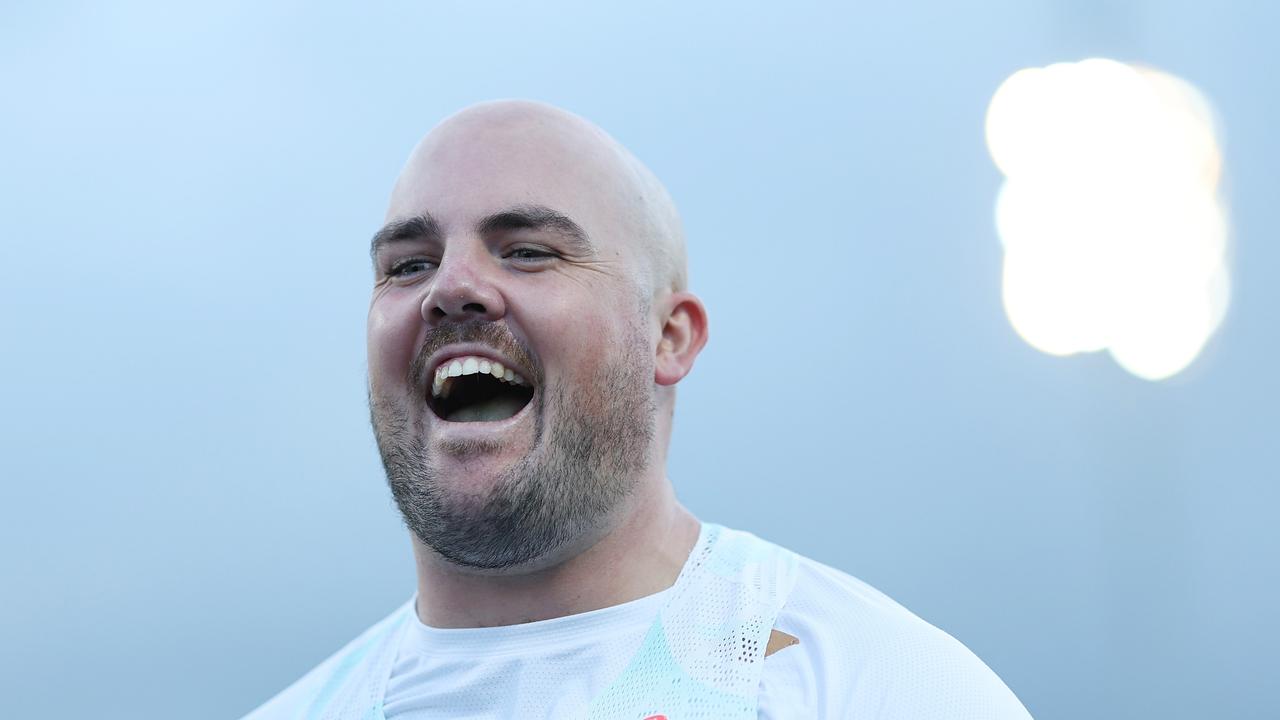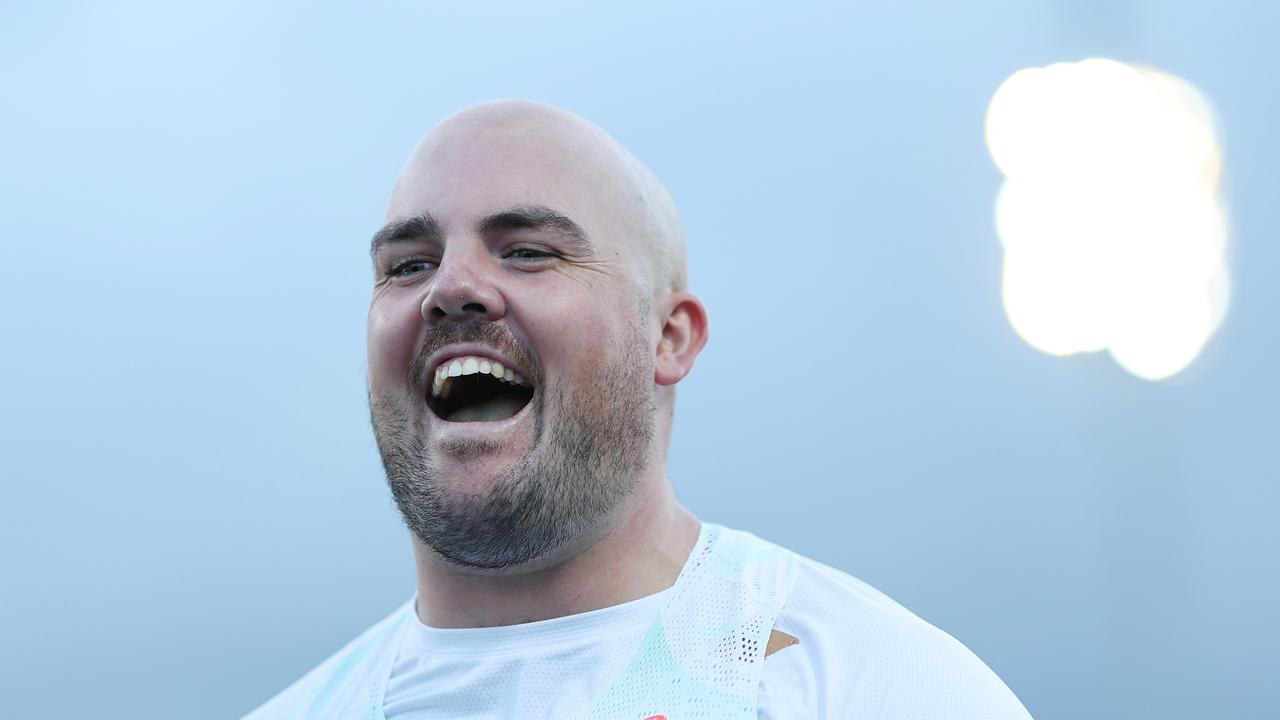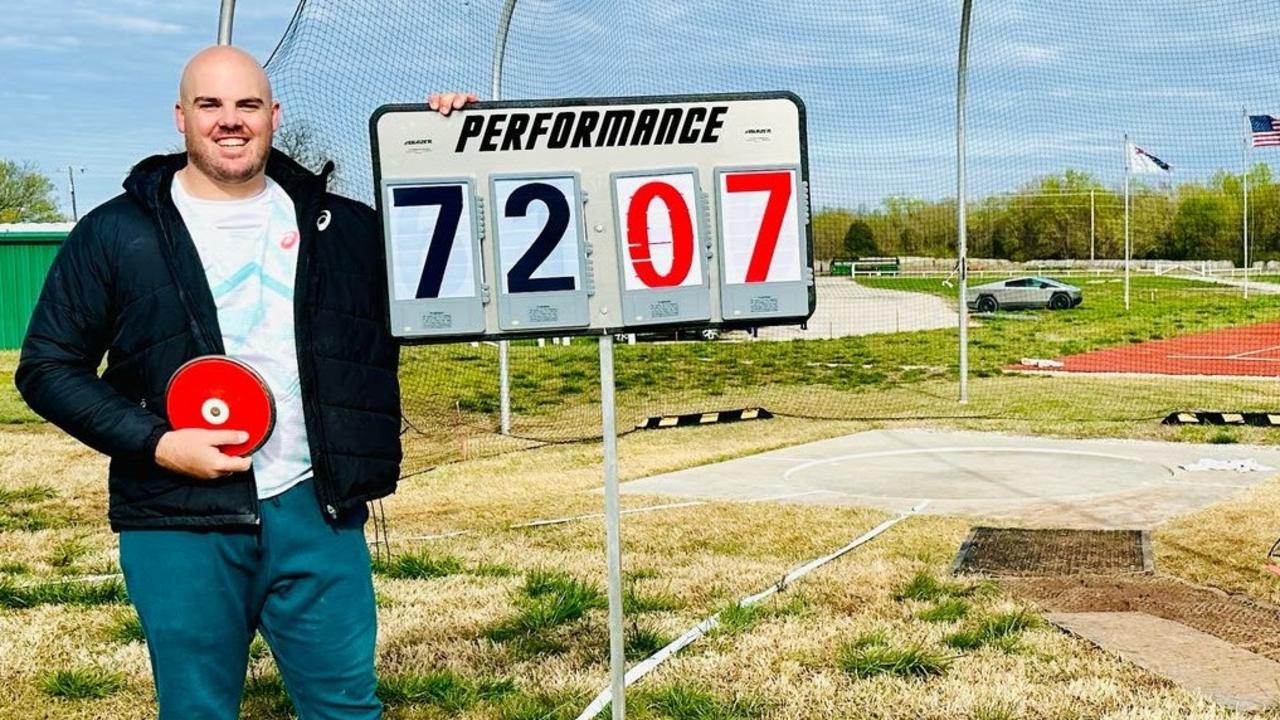Tokyo Olympics: How Australian athletes are living in the village
A specially-hired barista and disposable cardboard beds — welcome to life in the Olympic Village, where panic is creeping in.
The Olympics are on a knife’s edge. COVID-19 has infiltrated the athletes’ village. It’s stinking hot in Tokyo but you can feel a chill.
Confusion and panic is creeping in. The villain of the Games, the virus, has proved it doesn’t need an accreditation pass to get in the front gates. Two athletes tested positive in the village on Sunday. A third tested positive outside the village. These were seriously worrying developments after an official tested positive at the village on Friday. The one thing the Games cannot survive without? The village people.
Kayo is your ticket to the best local and international sport streaming Live & On-Demand. New to Kayo? Try 14-days free now >

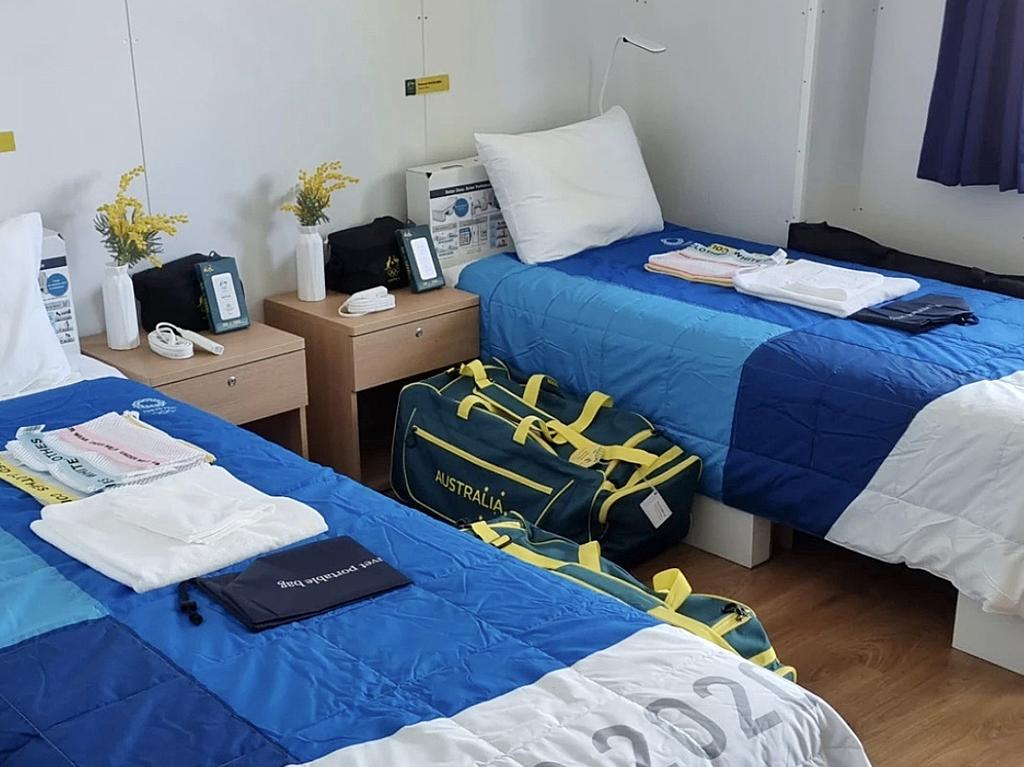
What now? Full steam ahead for the Games? A spluttering start? An imminent collapse? If nothing else, the Games have developed flu-like symptoms. If infections spread through the competitors, turn out the lights and send everyone home. The opening ceremony is slated for 9pm Friday (AEST) with no more than 50 Australian athletes to march in the Parade of Nations. The will be zero spectators but about 10,000 people in the stands: Olympic sponsors and dignitaries, foreign diplomats and various other VIPS.


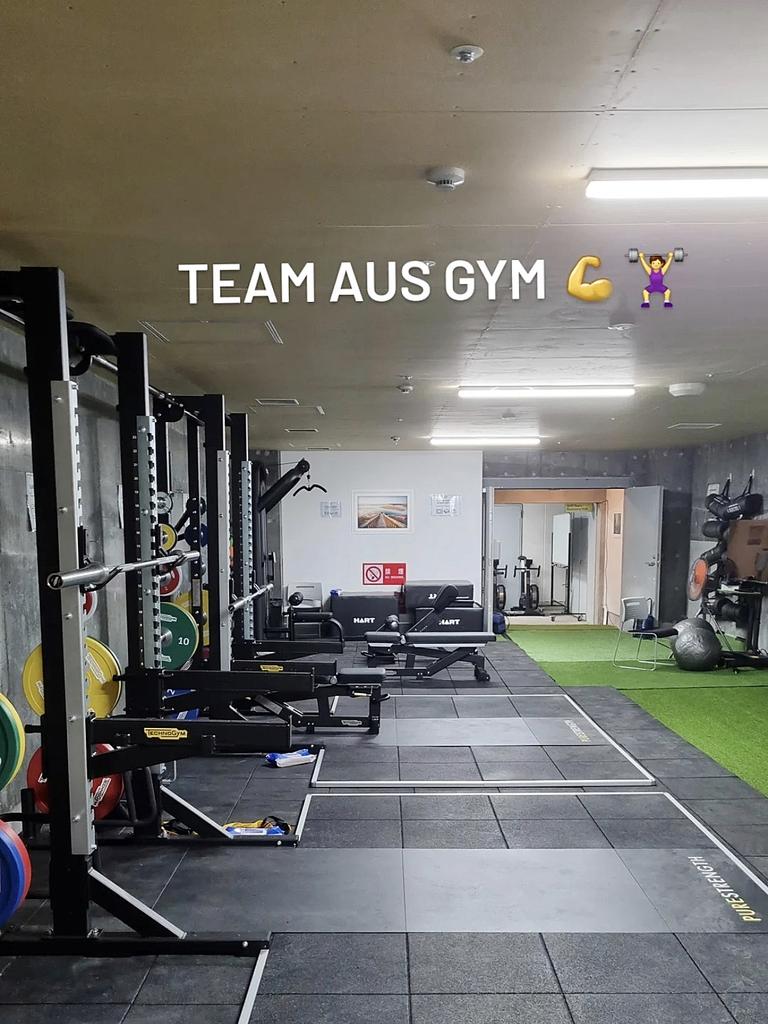
Most members of the Australian team are nestled in their apartments after arriving shortly after 2am on Sunday. Table tennis player Michelle Bromley was among those to find a mountain of gear on her disposable cardboard bed: sandals, shirts, tracksuits, coffee cups, bun bags, caps, bucket hats, all the good stuff.
Testing times, so to speak, but as Australia’s ex-Test cricket coach John Buchanan used to say, “You can only control the controllables.” There was a beeline down to the lounge area to discover if the team’s specially-hired barista, Elliot Johnson, a 28-year-old Melbourne bloke based in Japan for the last five years, could actually make a decent cuppa. “I’ve been opening up at 6.30am and there’s still a queue at 1pm,” Johnson said. “Coffee’s a beautiful thing. It’s been helpful that I haven’t watched TV or sport for the last five years. I have no idea who anybody is. I can treat them normally because I don’t know who they are.”
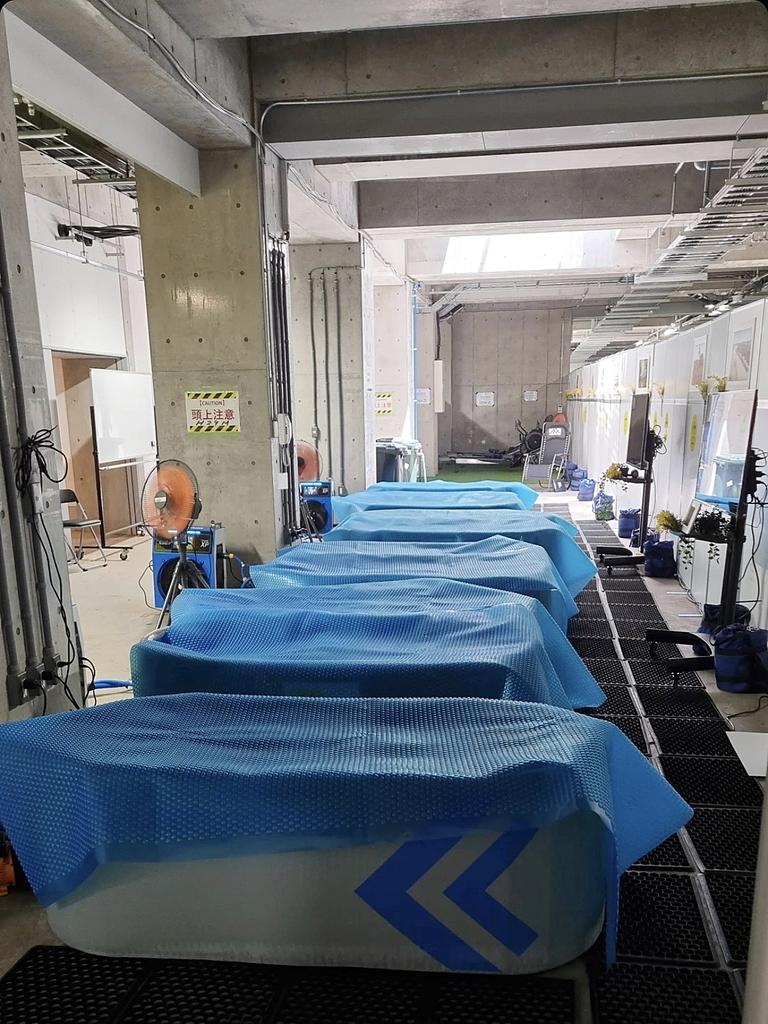
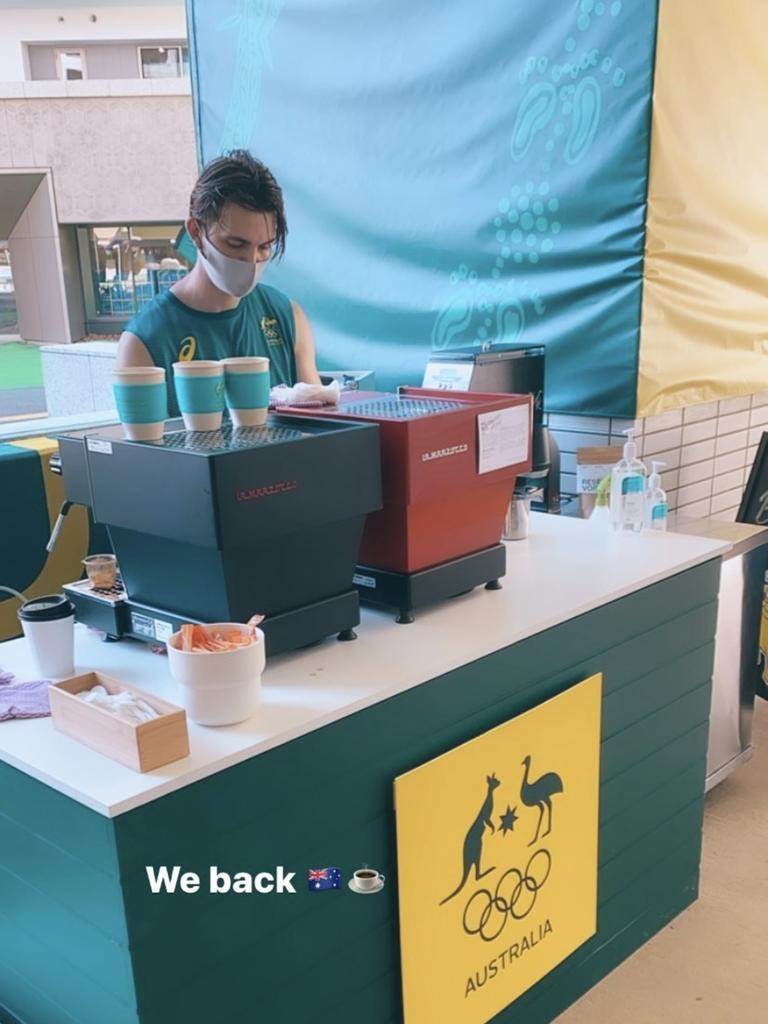
More Coverage
Australia’s deputy chef de mission Susie O’Neill reckoned she also knew how to make a brew. She’ll be spending time on either side of the counter. “It feels good, actually,” O’Neill said of the village. “It’s set up really well. There’s a grab and go food area and all different things in place so athletes don’t necessarily have to go to the dining hall. There are outdoor areas athletes can sit and there’s a barista we’ve got outside. There’s actually a really good feel in the village.”
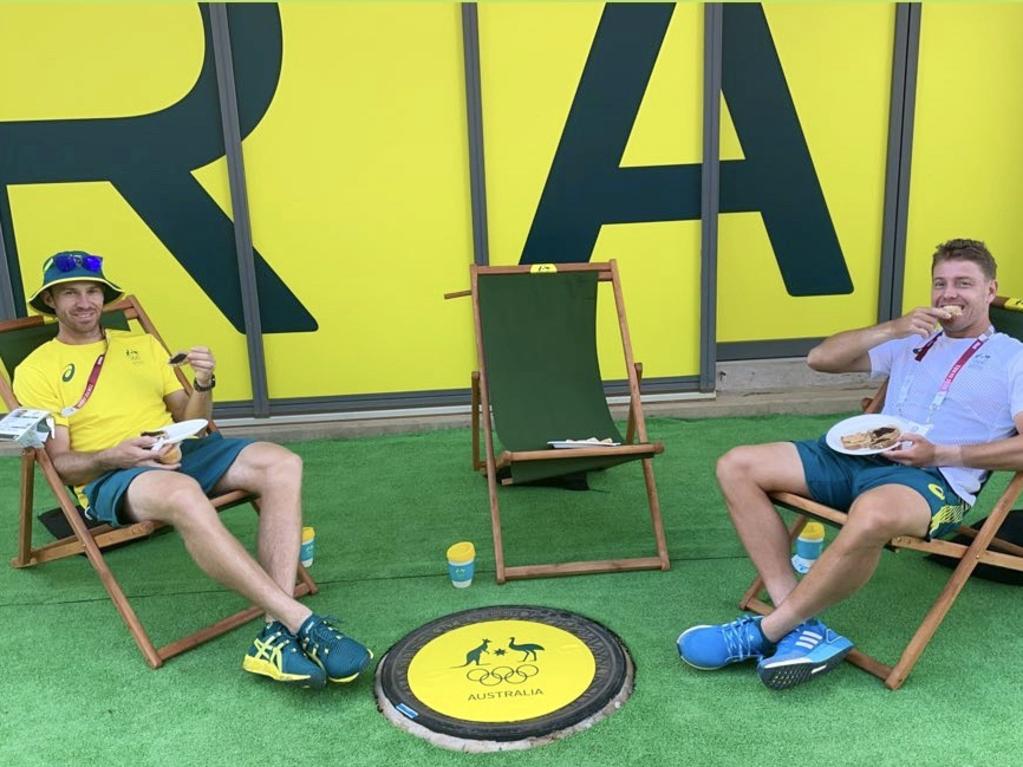
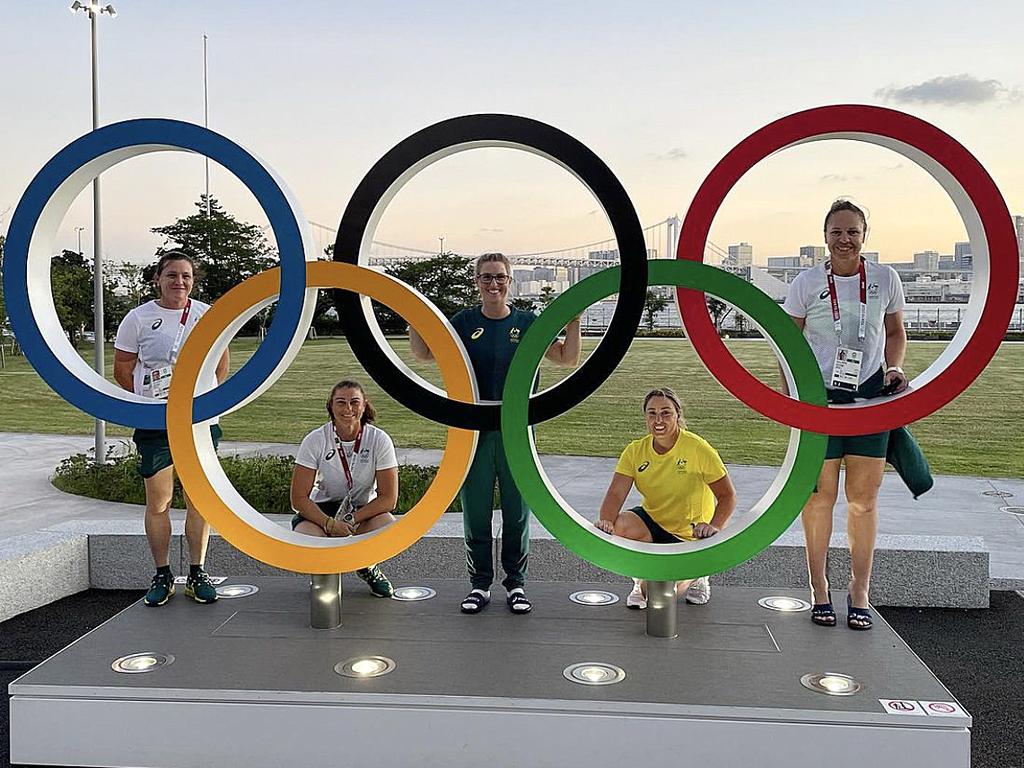
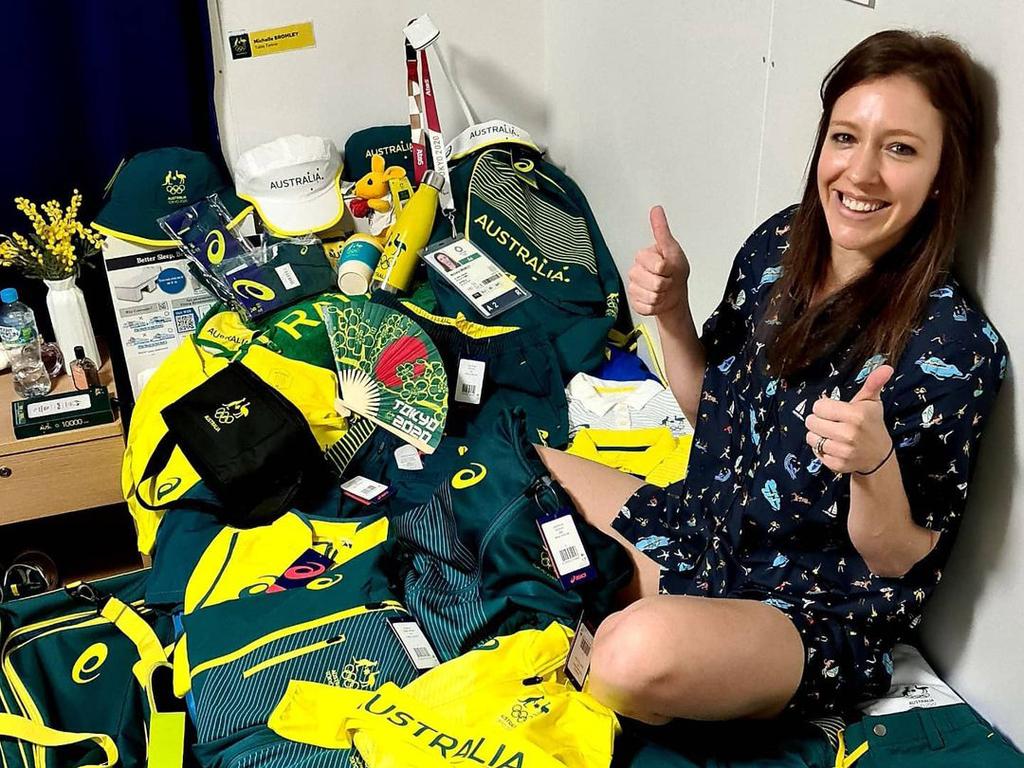
There’s a bit of pressure on the barista, eh? He wouldn’t want to muck up Ariarne Titmus’ heart-starter on the day she’s trying to take down Katie Ledecky. “There’s going to be a lot of people wanting coffees. Speed it up,” O’Neill grinned.
O’Neill’s boss, chef de mission Ian Chesterman, had a late night, addressing the team at 3am. “It’s interesting the things you learn about people,” Chesterman said. “We do have a barista outside. He does make an excellent coffee but Susie O’Neill was quite a good swimmer and she’s apparently an excellent barista as well.”
Originally published as Tokyo Olympics: How Australian athletes are living in the village




